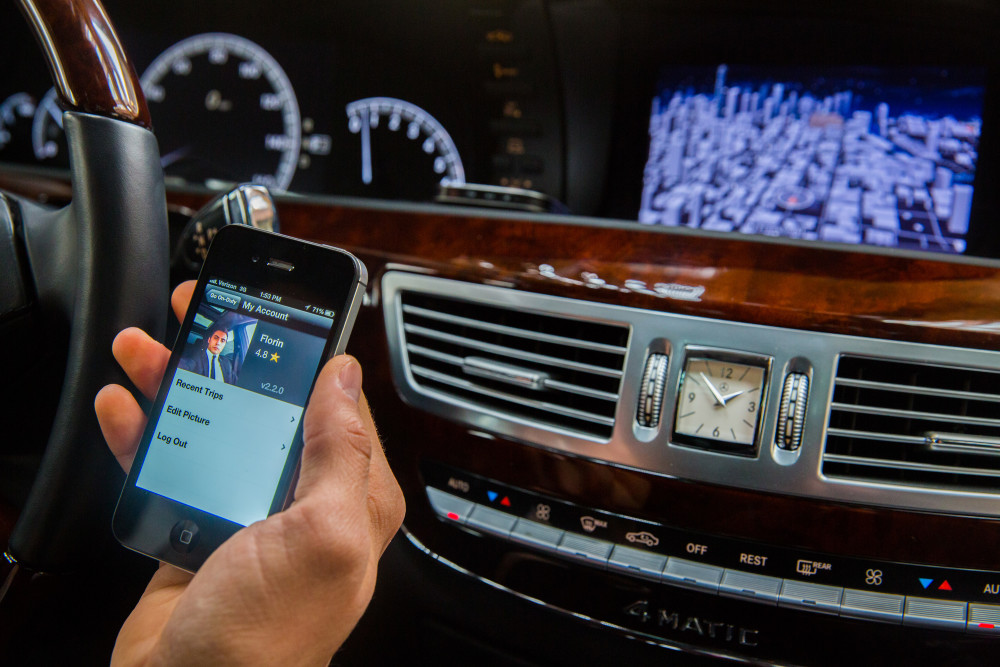By Michael Hiltzik
Los Angeles Times.
The veteran tech analyst, writer and entrepreneur Om Malik weighed in last week for the New Yorker magazine with some thoughts about Uber, the ride-summoning service that is one of the most destructive of paradigm-destroying new companies in existence.
In his post, which was published online Friday, Malik links ongoing protests against Uber–which include demonstrations by taxi drivers in Paris and lawsuits brought by Uber drivers in the U.S.–to those of the Luddites, the English protesters who destroyed job-killing mechanized looms at the dawn of the Industrial Revolution.
“It was skilled workers raging against the influx of unskilled labor,” he writes. He also suggests that the success of Uber and other such services reflects our “need for instant gratification…Why wait for a cab to come along when you can order up an Uber?”
Old-economy cab drivers are “stuck,” he writes. “Their industry is controlled by outdated regulation and now they face ruthless free-market competition. Meanwhile, the habits and the expectations of their customers are changing.” He concludes that “that’s not something that protests in the streets… are likely to change.”
This is a peculiarly narrow view of what animates the protests against Uber and the “sharing economy” in general. More to the point, it’s a very Silicon Valley-centric view, in that it treats the middleman–Uber and its app linking drivers and passengers–as the most important player in the game.
Uber certainly sees it that way. But it leaves out quite a few important elements of the sharing economy. For one thing, it glosses over the fact that Uber’s estimated $50-billion valuation is based on its ability to pocket 20% of drivers’ fares while sticking them with almost all the expenses of providing service and controlling the terms of their work.
Drivers pay for their gas, vehicle acquisition and maintenance, and much of their insurance. They’re prisoners of Uber’s fare policies and dictates of work conditions, including the conditions under which they can refuse trips.
As the California Labor Commission observed on June 17, by labeling their drivers “independent contractors” instead of employees, Uber avoids the responsibilities we expect employers to pick up, including half the cost of Social Security taxes, overtime wages, and pension and healthcare benefits.
Nothing inherent in Uber’s system mandates that it treat the drivers as employees; Uber does that because it can (for now) and justifies it by claiming that its only role is providing the app.
Nor does this really have anything to do with “instant gratification.” In many cities, including New York and Los Angeles, passengers can summon a licensed taxi by phone or online, just as they do through Uber’s smartphone app. Nothing practical stops cab drivers, companies or regulators from improving this aspect of their services.
Unlike the Luddites, cabbies aren’t protesting the influx of unskilled labor, since the skills of a cab driver and an Uber driver aren’t dissimilar; what they’re protesting is the influx of unregulated labor.
Uber drivers and their vehicles don’t have to meet the standards imposed on taxi services by local authorities. Some of these are aimed at health and safety of drivers and passengers, and some were designed to cap the supply of taxis, thereby placing a floor under drivers’ income.
Services like Uber don’t consistently undercut the cost of a taxi ride; what they claim to do is provide a greater supply of cars during times of high unfilled need, by raising fares to encourage drivers to hit the road.
The real key to Uber’s valuation is its almost unlimited ability to escape the cost of providing transportation services by sticking the real providers of the service–the drivers and car owners–with that cost.
The idea that its contribution to the service, the app linking drivers and passengers, warrants its share of the income is just window dressing. It’s just claiming that share because its independent contractors are relatively powerless to fight it.
The curious aspect of Malik’s analysis in the New Yorker is that it’s much narrower than a piece he published on his own blog a few months ago (and to which his New Yorker piece provides a link). That one involved a conversation with a real live Uber driver, who tempered his gratitude for the extra income he earned through Uber with discontent for the company’s treatment of drivers. “They don’t care about their contractors,” he groused.
In that piece Malik recognized the downside of the sharing economy–for the sharers. His driver was the “embodiment of an uncertain future for a lot of people,” he wrote. “What does [the] American dream mean in a world of instant gratification, where the middlemen (like they always do) end up skimming all the fat?”
Exactly. The problem with all the praise Uber and its cousins receive for adding flexibility to the working economy–conservative economist Tyler Cowen contributed his thoughts this weekend–is that they don’t net out the benefits by the costs, which all tend to fall onto the worker.
Customers “are voting with their wallets and their time” in favor of Uber-type services, Malik writes, as though that’s the only factor that counts. But it’s not all about the app; it’s also about an economy that works for everyone, not just the app developer.
Many Uber drivers are beginning to wonder if it works for them, and if not, what they can do about it.














































































































































































































































































































































































